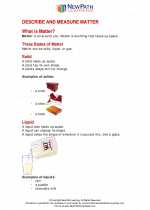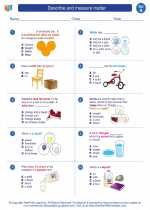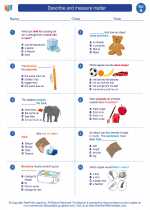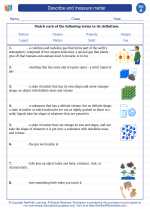Flowers
A flower is the reproductive part of a flowering plant. It is essential for the plant's reproduction and is often the most visually appealing part of the plant. Flowers come in a variety of shapes, sizes, and colors, and they play a crucial role in pollination and the production of seeds.
Parts of a Flower
A typical flower consists of several parts:
- Petal: The colorful, often scented part of the flower that attracts pollinators.
- Stamen: The male reproductive part of the flower, consisting of the filament and anther. The anther produces pollen.
- Pistil: The female reproductive part of the flower, consisting of the stigma, style, and ovary. The ovary contains the ovules, which develop into seeds after fertilization.
- Sepal: The leaf-like structures that protect the flower bud before it opens.
Types of Flowers
There are two main types of flowers based on their reproductive structures:
- Complete Flowers: These flowers have all four main parts – petals, stamens, pistils, and sepals.
- Incomplete Flowers: These flowers lack one or more of the main parts. For example, some may lack petals or stamens.
Reproduction and Pollination
Flowers have evolved various strategies to ensure successful pollination, which is the transfer of pollen from the anthers to the stigma of the same or another flower. This process is essential for the production of seeds and the continuation of the plant species.
Study Guide
To study flowers effectively, consider the following:
- Learn the parts of a flower and their functions.
- Understand the process of pollination and the role of flowers in reproduction.
- Identify different types of flowers and their characteristics.
- Explore the diversity of flowers in terms of colors, shapes, and sizes.
- Observe real flowers in gardens or parks to reinforce your understanding.
Remember to take notes, draw diagrams, and ask questions to solidify your knowledge of flowers.
With this study guide, you'll be well-prepared to understand and appreciate the beauty and importance of flowers in the natural world.
[Flowers] Related Worksheets and Study Guides:
.◂Science Worksheets and Study Guides First Grade. Describe and measure matter

 Worksheet/Answer key
Worksheet/Answer key
 Worksheet/Answer key
Worksheet/Answer key
 Worksheet/Answer key
Worksheet/Answer key
 Vocabulary/Answer key
Vocabulary/Answer key
 Vocabulary/Answer key
Vocabulary/Answer key
